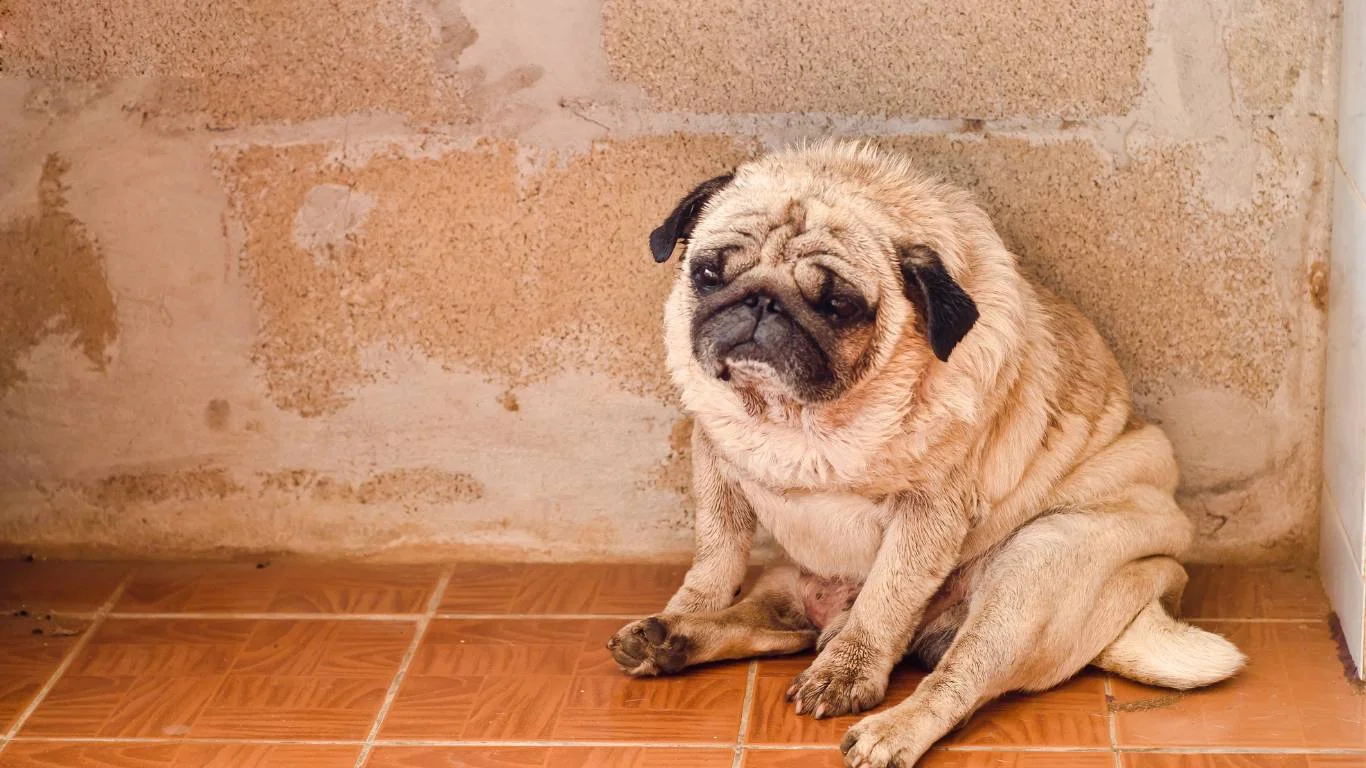How to Treat a Minor Dog Bite at Home: Quick & Effective Guide
If you’re a dog owner, chances are you’ve experienced the occasional nudge or nip from your furry friend. While most of these are harmless, there are times when a bite can be a little more serious. So, what do you do when your dog gets a little too excited or defensive and bites you, or even someone else? Knowing how to treat a minor dog bite at home is essential, especially if you’re in a situation where a visit to the vet or the ER isn’t immediately possible. In this guide, I’ll walk you through the steps I’ve learned in my time as a Veterinary Assistant (with a focus on nutrition) to treat minor dog bites effectively. By the end, you’ll feel confident managing these situations until you can get professional help, if needed. Let’s dive in!
Understanding Dog Bites: When It’s Minor vs. Major
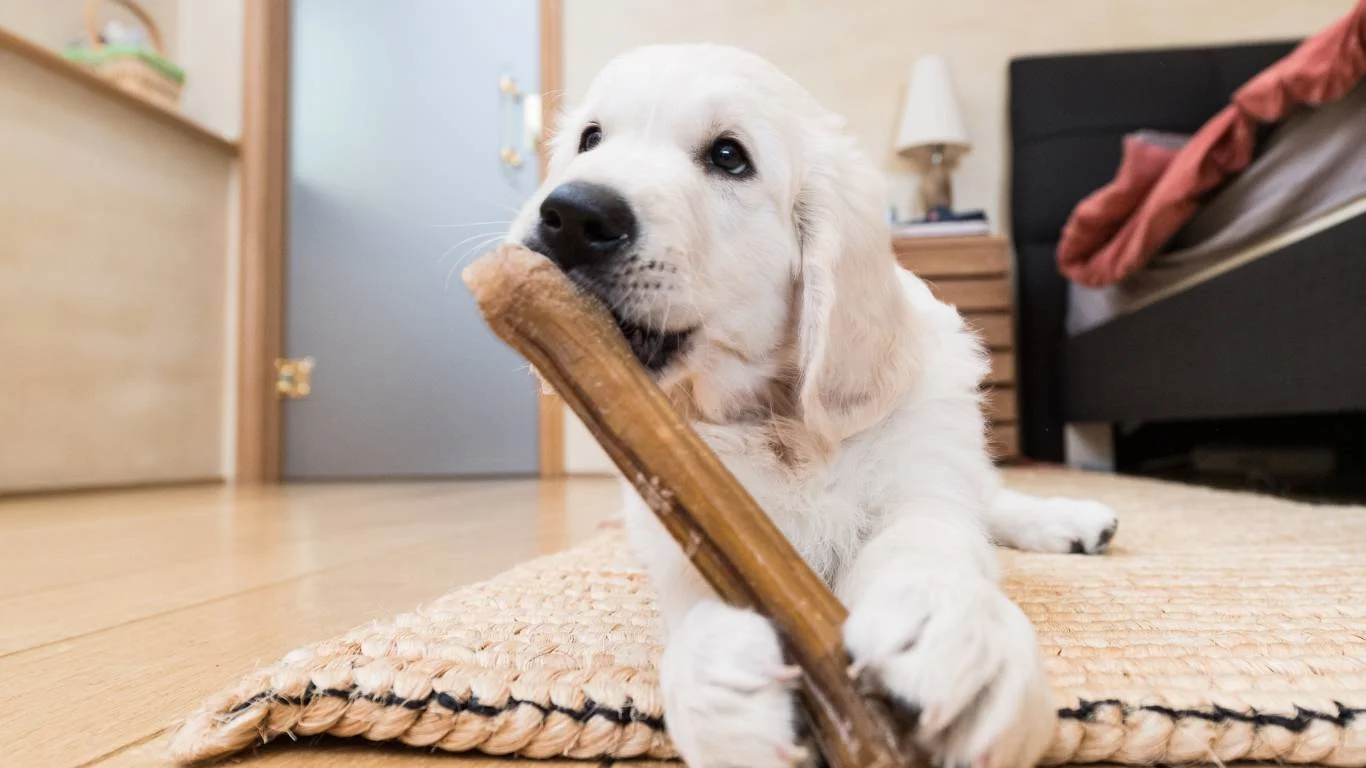
Before we get into the details of how to treat a minor dog bite at home, let’s quickly distinguish what qualifies as a *minor* bite versus something more serious. In my experience, a minor dog bite usually involves a small puncture wound, often with minimal bleeding, swelling, or bruising. These types of bites generally don’t cause major damage to the tissues, and they’re often accompanied by a mild scratch or abrasion.
On the other hand, more severe bites may cause deep punctures, significant bleeding, or extensive tissue damage. These need immediate medical attention, and it’s always a good idea to have a professional assess the situation to avoid complications like infection or permanent damage. So, how can you tell if it’s minor? A few key signs:
- Small puncture wounds or abrasions
- Minimal swelling around the bite area
- Little to no bleeding
- Minor pain that can usually be controlled with basic first aid
If your dog’s bite falls into this category, you’re likely looking at a minor incident that you can handle on your own. But of course, always trust your instincts—if you’re unsure, don’t hesitate to consult a veterinarian or healthcare professional.
Step-by-Step Guide to Treating a Minor Dog Bite at Home

Now that we’ve covered the basics, let’s get into the nitty-gritty of treating a minor dog bite. If you’re at home and the situation is manageable, here’s what you need to do to clean the wound and prevent infection:
1. Stay Calm and Assess the Situation
The first step, especially when it involves your beloved pet, is to remain calm. It’s easy to panic, especially if you’re concerned about the bite getting worse or if your dog seems anxious, but trust me, staying composed helps you handle the situation better. Take a deep breath and inspect the bite carefully.
If the bite is on yourself, you’ll want to wash your hands thoroughly before touching the wound. If the dog is the one that has been bitten, check for any signs of distress or more serious injuries like broken skin or excessive swelling.
2. Clean the Bite Area Gently
Cleaning the wound is the most important part of treating a minor dog bite at home. The sooner you clean the wound, the lower the risk of infection. I recommend using a mild antiseptic soap or saline solution. Simply rinse the area gently with water to remove any dirt or debris.
Pro tip: Avoid using alcohol or hydrogen peroxide on open wounds, as they can cause additional irritation to the tissue and slow down the healing process.
3. Apply a Clean Dressing
After cleaning the wound, apply a clean, non-stick bandage or dressing to the affected area. This will protect it from further dirt and germs, and it’ll help prevent the wound from getting bumped or irritated while it heals. You can use a regular bandage or gauze pad and secure it with medical tape. Just make sure it’s not too tight— you want to avoid restricting blood flow.
4. Monitor for Signs of Infection

One of the most important things to keep in mind is monitoring the bite over the next few days. Infections can sometimes develop in the aftermath of dog bites, so keep an eye on the wound for signs like:
- Increased redness around the bite
- Pus or drainage from the wound
- Excessive swelling that doesn’t go down after a couple of days
- Fever or chills, which could indicate an infection
If any of these symptoms appear, don’t wait! It’s important to get professional help as soon as possible to prevent complications.
When to Seek Professional Help
While minor dog bites can often be treated at home, there are times when it’s crucial to seek medical help. I’ve seen a few cases where owners didn’t realize that a bite was more severe than it seemed at first. Here are a few red flags that should prompt you to visit a doctor or a veterinarian:
- Severe bleeding that doesn’t stop with pressure
- Signs of infection, like pus, fever, or red streaks near the wound
- Large or deep puncture wounds that might require stitches
- Any signs of tetanus in humans (e.g., muscle stiffness, difficulty swallowing)
And of course, if you’re ever in doubt about the severity of the bite, it’s always best to consult with a healthcare provider. Your peace of mind and your dog’s health are worth it.
Remember, while learning how to treat a minor dog bite at home is an essential skill for any pet owner, safety and health should always come first. If you’re in doubt, don’t hesitate to seek professional help!
How to Prevent Infection After a Minor Dog Bite
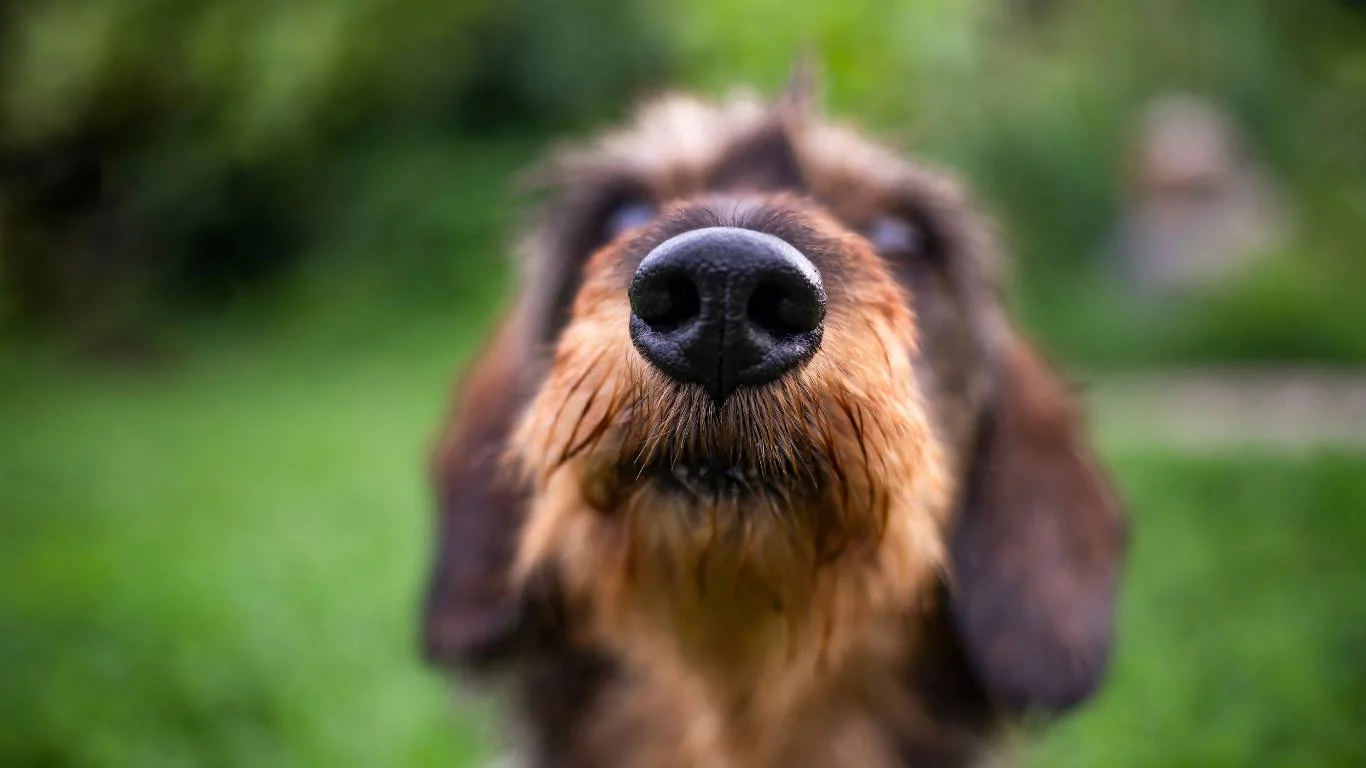
After you’ve cleaned and dressed the wound, the next step is to focus on prevention—especially preventing infection. As a Veterinary Assistant, I can tell you that even minor bites can lead to complications if not treated properly. I’ve had to deal with a few cases where a small oversight led to an infection, which could’ve been avoided with just a little more care. So, let’s talk about what you can do to ensure your dog bite doesn’t get infected.
1. Keep the Wound Dry and Clean
One of the biggest mistakes I’ve seen pet owners make is not keeping the wound dry. Moist environments are breeding grounds for bacteria, which means that if your bandage gets too wet or stays on for too long, it could make the situation worse. After cleaning the wound and applying a dressing, make sure to change the bandage every day or more often if it becomes wet or soiled. It’s important to let the wound breathe while still protecting it from dirt and germs.
2. Watch Out for Redness or Swelling
Even minor dog bites can become infected, so it’s essential to watch for early signs of infection. As mentioned earlier, look for redness or swelling around the wound. It’s perfectly normal for there to be some minor inflammation right after the bite, but if that swelling worsens over the next 24–48 hours, it could be a sign of infection. Don’t wait to address it; the sooner you act, the easier it is to treat.
3. Use an Antiseptic Ointment
If your dog bite wound is clean and dry, you may want to apply a thin layer of antiseptic ointment to keep it protected. There are many over-the-counter antiseptics, like Neosporin, that work well. However, be sure to check with your vet or healthcare provider before using any new products, especially if you’re unsure whether it’s safe for both you and your pet. In my experience, these ointments can help minimize the risk of bacterial growth on the wound and promote faster healing.
When to Consider Tetanus Shots
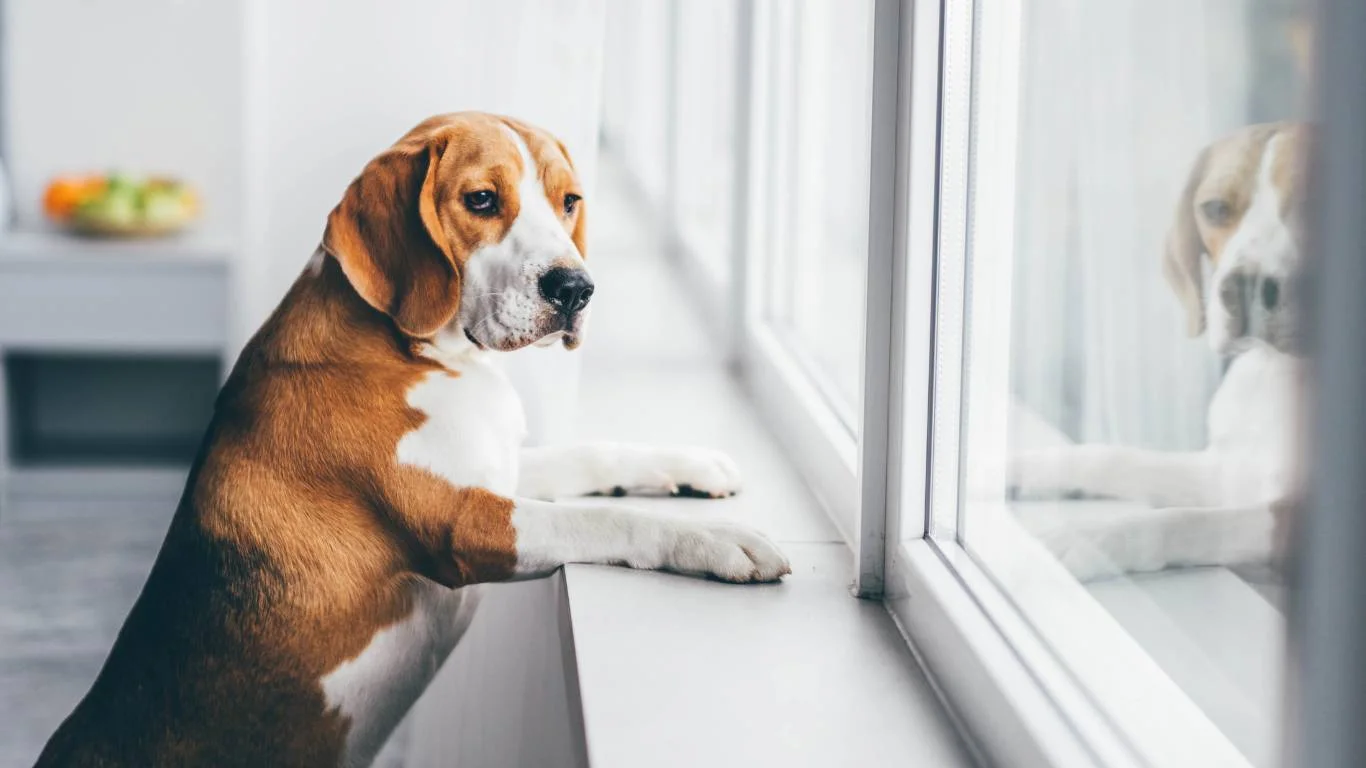
In some cases, a dog bite can introduce the bacteria that causes tetanus into the wound. Tetanus can be a serious condition, so it’s important to know when you might need a tetanus shot. If the bite is deep, especially if it punctures the skin, you could be at risk. The bacteria responsible for tetanus, Clostridium tetani, can enter the body through broken skin and cause muscle stiffness and spasms, along with other serious symptoms.
1. Do You Need a Tetanus Shot?
If your dog bite is minor but there’s a risk that the wound could lead to tetanus, consider getting a tetanus shot. If the bite happened in an area where there was dirt or soil, or if the wound is deep, it’s always a good idea to consult your doctor. Tetanus is preventable with a shot, and it’s a precautionary measure that can save you from potential complications. It’s something I’ve advised on multiple occasions when working with clients who’ve been bitten by their pets or other animals.
In fact, many people are unaware that tetanus shots are typically required every ten years. If you haven’t had a shot in the past ten years, it might be time to check with your healthcare provider about getting one.
Dealing with Your Dog’s Behavior After a Bite
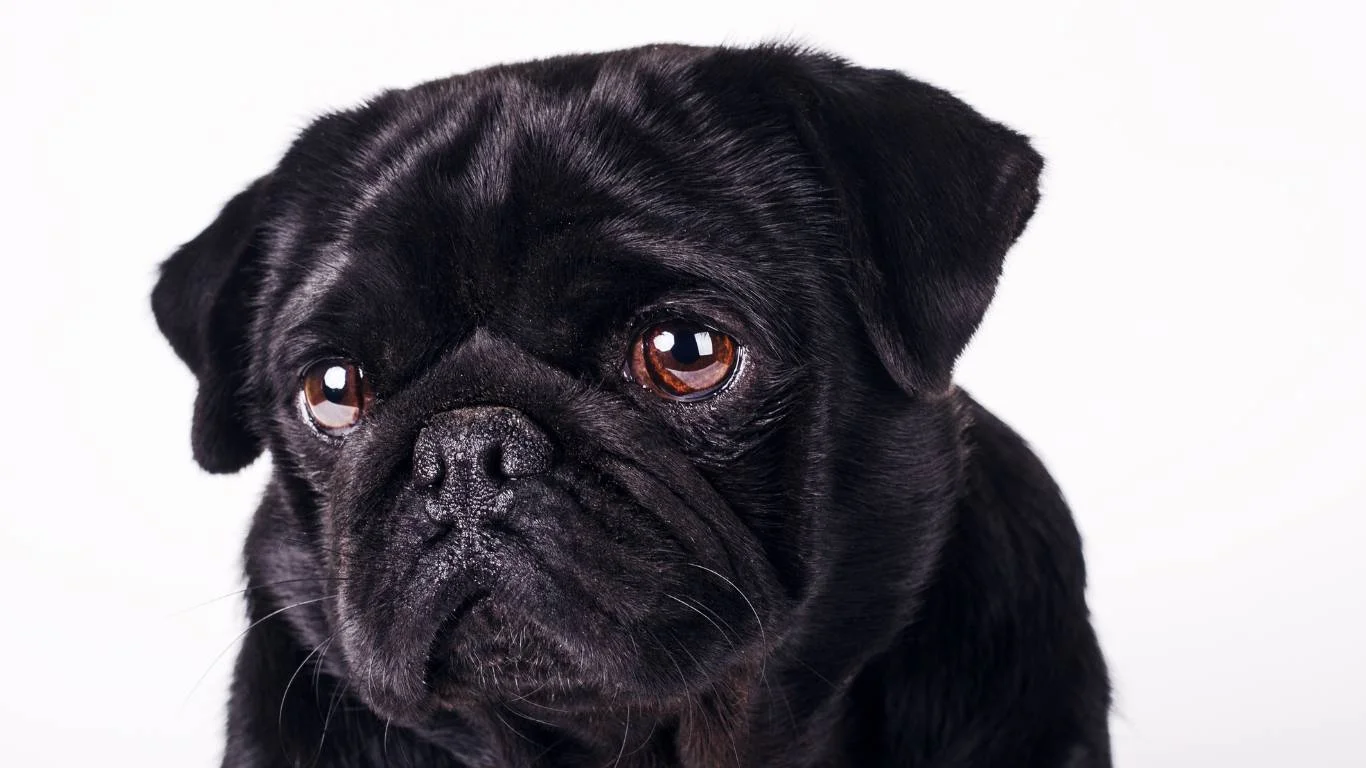
Okay, so now you’ve handled the wound care and potential infection issues, but what about your dog? If your dog bit you or someone else, it’s essential to address the behavior that led to the bite. While a dog may bite out of fear or in self-defense, it’s critical to understand why it happened so you can prevent it from happening again. In my experience, understanding the behavior can help a lot in minimizing the chances of future bites.
1. Assess Why the Bite Happened
Sometimes, a dog may bite because they’re scared, anxious, or in pain. If this was a one-time incident, it could just be a response to a stressful situation. But if your dog is biting regularly, this could be a sign of an underlying issue, like territorial behavior, lack of proper socialization, or medical pain. As a veterinary assistant, I’ve worked with dogs who bite because they’re frightened or overstimulated. Understanding the cause of the behavior can help you find a solution.
2. Work with a Professional if Needed
If your dog’s biting behavior seems to be a recurring issue, it might be time to get professional help. Working with a certified dog trainer or animal behaviorist can help you address the root cause of your dog’s aggression. You’ll learn how to manage your dog’s behavior, de-escalate stressful situations, and teach them more appropriate ways to interact with people and other animals.
Remember, while a dog bite is often a scary experience, it doesn’t mean the end of the world for your relationship with your pet. In fact, addressing any behavioral concerns head-on is one of the best ways to ensure that your dog remains a loving, well-adjusted companion.
When to Seek Veterinary Care for a Dog Bite

In some cases, despite your best efforts to treat a minor dog bite at home, it’s essential to seek professional veterinary care. As much as I’d love to offer a one-size-fits-all solution, there are scenarios where a veterinarian’s expertise is needed—especially when complications arise. Based on my years of experience as a Veterinary Assistant, I’ve seen many situations where a minor bite ended up being more serious than it first appeared, requiring medical intervention. Here’s when you should call in the pros:
1. Excessive Bleeding or Deep Wounds
If your dog bite involves severe bleeding that doesn’t stop after applying pressure, or if the bite is deeper than expected, it’s time to head to the vet. A deep wound may need stitches to properly heal, and a veterinary professional will know the best way to clean and close the wound to minimize scarring and prevent infection.
2. Rapid Swelling or Fever
If the area around the bite swells up significantly, or if you notice your dog developing a fever after a bite, these could be signs of an infection. In my experience, fever is one of the first red flags that something is wrong, and it requires prompt attention to avoid any further complications. Don’t wait too long before getting your dog checked—delaying could make the infection harder to treat.
3. Difficulty Moving or Pain
If the dog seems to be in a lot of pain, or if it’s having trouble moving around as usual, there could be internal injury that you can’t see. Sometimes, the trauma from a bite can cause muscle or joint damage that needs professional attention. Your vet will be able to perform a more thorough examination and may suggest diagnostic imaging, like X-rays, to rule out any fractures or other injuries that aren’t immediately visible.
4. If the Bite Was from an Unknown Dog
If your dog was bitten by another dog whose vaccination history is unknown, it’s important to seek veterinary care immediately. Rabies is a serious concern in these cases, and your vet may recommend a rabies booster shot or additional treatments to protect your dog from any potential exposure. It’s always better to be safe than sorry when it comes to diseases like rabies.
Preventing Dog Bites in the Future

As a dog lover and a veterinary assistant, I know how much of a bummer it can be to have to deal with dog bites—especially when it’s from your own furry friend. While accidents happen, there are things you can do to prevent dog bites in the future. Prevention is always better than a cure, and I’ve learned from experience that focusing on a few key aspects can drastically reduce the chances of bites occurring.
1. Proper Training and Socialization
One of the best ways to prevent dog bites is through proper training and socialization. A well-trained dog is less likely to act out in stressful or unfamiliar situations. Socializing your dog at an early age helps them become comfortable around other dogs, people, and new environments, reducing the chances of fearful or defensive reactions. Basic commands like “sit,” “stay,” and “leave it” are not only practical, but they can also prevent a dog from acting aggressively when they’re feeling threatened.
If your dog has already displayed aggressive behavior, or if they have a history of biting, it’s crucial to work with a professional dog trainer. A behaviorist can help address the underlying causes of aggression, whether it’s fear, territorial instincts, or pain. With the right guidance, many dogs can overcome these challenges and learn more positive behaviors.
2. Identifying and Managing Triggers
Understanding what causes your dog to bite is crucial in preventing future incidents. Is your dog territorial? Are they possessive over food or toys? Or perhaps they get nervous around unfamiliar people or situations? Identifying your dog’s triggers is key to managing their behavior. For example, if your dog tends to bite when someone approaches their food bowl, you can teach them to associate people with positive experiences, like treats and praise.
By working with a trainer or behaviorist, you can also desensitize your dog to certain situations that might otherwise make them anxious or defensive. This type of targeted training can help mitigate the risk of bites by addressing their fears and helping them feel more comfortable in different scenarios.
3. Recognizing Stress Signals
Every dog gives off warning signals when they’re stressed, scared, or agitated. These signs can include growling, showing their teeth, stiffening their body, or backing away. As a pet owner, it’s important to learn these signs so you can intervene before the situation escalates. If you notice your dog starting to show signs of anxiety, it’s best to remove them from the stressful situation as calmly and gently as possible.
Paying attention to your dog’s body language and being proactive can go a long way in preventing bites. And remember, no dog is perfect, so even if you’ve trained and socialized them well, there may still be times when they feel the need to protect themselves or their territory. Understanding and respecting their space can go a long way in building a stronger, more trusting relationship.
References
Disclaimer
This article is for informational purposes only and should not be used as a substitute for professional veterinary advice. If your dog is injured, or if you’re uncertain about how to handle a dog bite, please consult with a licensed veterinarian. Always seek medical attention for serious injuries or when in doubt about the severity of the situation.
